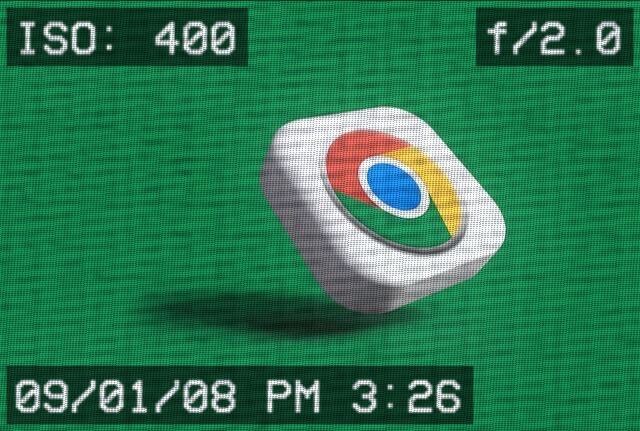September 1st 2008, marked a pivotal moment that would reshape the digital landscape – Google’s unanticipated launch of its web browser, Google Chrome. Driven by the “launch early and iterate” philosophy, Google’s inadvertent reveal of a comic book introducing Chrome propelled the world into a new era of internet browsing.
As the dust settled from Chrome’s accidental early announcement, a fresh browsing perspective emerged. Google’s initiative was a profound aspiration to reimagine the act of browsing the web. The minds behind Google, entrenched in the virtual realm, spent significant portions of their days navigating browser windows, whether it was for searches, communication, or various tasks.
Recognizing the shift from static text-based pages to dynamic interactive applications. Google aspired to create a platform that transcended the limitations of a mere browser. Thus, Chrome emerged as a modern hub designed for web pages and applications, ushering in a transformative era.
Minimalism and Efficiency
Google Chrome’s design ethos was founded upon minimalism – a streamlined interface that centered on content rather than the browser itself. This approach mirrored the clean design of the classic Google homepage, enabling users to swiftly access essential content. By prioritizing efficiency and speed, Chrome aimed to eliminate the unnecessary distractions and delays often encountered with other browsers, enhancing the overall user experience.

Beyond its surface aesthetics, Google Chrome featured an innovative architecture that would redefine web browsing. The concept of isolating each browsing tab within a “sandbox” environment ensured that the failure of one tab wouldn’t disrupt the entire browser, bolstering both stability and security. The browser also introduced the V8 JavaScript engine, revolutionizing the performance of web applications and enabling the realization of previously unthinkable functionalities.
Commitment to Innovation
Chrome’s DNA was infused with Google’s commitment to open-source development. Leveraging components from projects like Apple’s WebKit and Mozilla’s Firefox, Google sought to foster collaboration within the tech community. By open-sourcing Chrome’s code, Google underscored its dedication to propelling collective efforts aimed at advancing the web ecosystem.
Beyond being a mere browser release, Google Chrome’s early launch represented Google’s unwavering commitment to shaping the digital future. Through principles of openness, innovation, and user-centric design, Chrome not only established new standards for web browsing but also redefined the way users interact with the online realm. This strategic unveiling signaled Google’s resolute dedication to steering the course of digital evolution.
Today, Google Chrome remains one of the most widely used web browsers worldwide.





